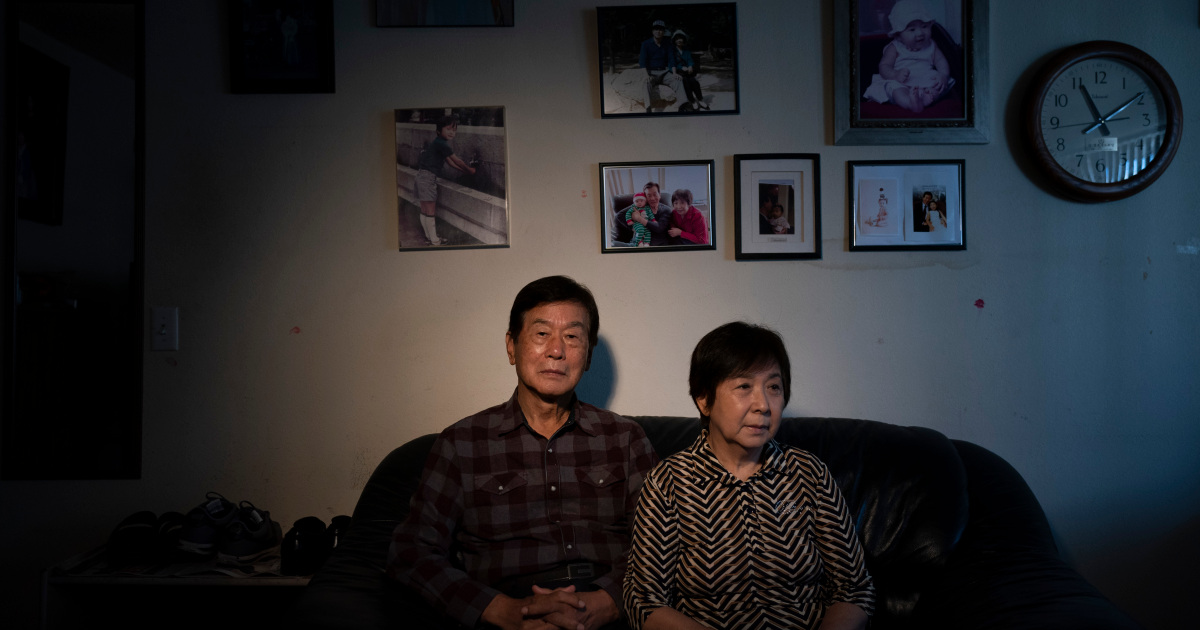Yong Sin Kim, an 85-year-old Korean immigrant living in an apartment complex in central Los Angeles, says he rarely leaves home these days. When he does, he carries a whistle with him; at least he could call for help if he were to be attacked.
Three floors up in the same building, Hyang Ran Kim, 74, waits for her daughter to pick her up. She is temporarily moving into her daughter’s place in a quieter neighbourhood in the suburbs. Kim says her daughter is worried about her safety.
Asian Americans have been the subjects of discrimination, threats and violence that have escalated in the past year because the coronavirus pandemic originated in Wuhan, China. Some have blamed former President Donald Trump for fanning flames of intolerance by calling COVID-19 the “China virus” and “kung flu.”
People of Asian descent have been spat on, beaten and told to go back to where they came from. Reports of violence have been on the rise, most notably when a white gunman killed eight people, six of them Asian women, in a string of shootings at Atlanta area spas in mid-March. Four of the women were of Korean descent.
While police have not said that was a hate crime, overt examples of racism have surfaced, such as a surveillance video showing a man in New York City kicking an Asian American woman and stomping on her face while shouting anti-Asian slurs.
In Koreatown in Los Angeles, Denny Kim, a US Air Force veteran said he was beaten in February by two men who shouted slurs such as “ching chong” and “China virus.” Police were investigating it as a hate crime.
Discrimination against Asian groups has a long and ugly history dating back to California’s origins, from Chinese labourers exploited during construction of the transcontinental railway to the large number of Japanese immigrants and their American-born children herded into internment camps during World War II.
For Yong Sin Kim and his wife, who were quarantined in their small apartment for days after they tested positive for COVID-19, their confinement continues to avoid another virus – violence.
“We don’t go out at all. We stay home all day as if we are locked up,” said Kim. “I can’t even think of going for a walk.”
